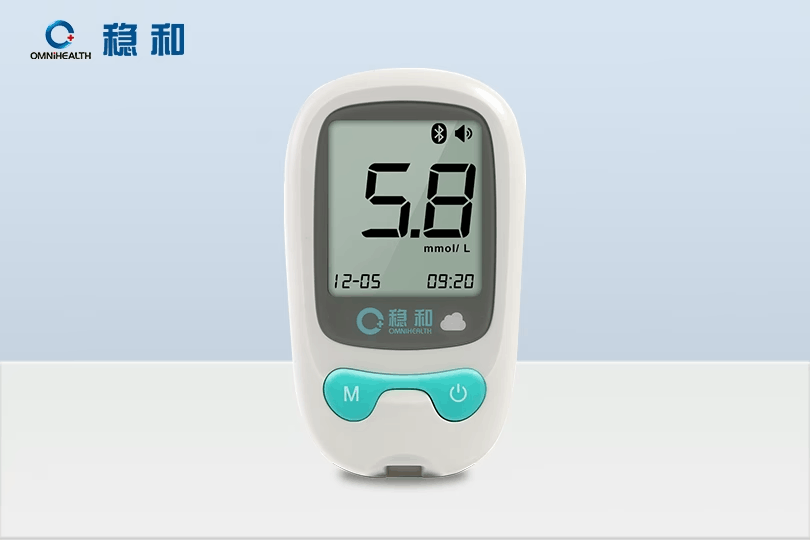The problem with “variance” in today’s glucose meters
Date:2021-09-18Author: Shenzhen Omnihealth Technology Co., Ltd.

The biggest problem with variance in a blood sugar reading is when people are dosing insulin based on that reading. And 15 to 20 percent of a blood sugar level at 100 mg/dL (according to your meter) means your blood sugar level may actually be at 120 mg/dL or 80 mg/dL. That variance is significant if you’re taking insulin. A ¼ unit of rapid-acting insulin could correct a blood sugar of 120 mg/dL (depending on your correction ratio), bringing it down to 90 mg/dL. Take that same correction when your blood sugar is actually 80 mg/dL, and you’ll find yourself plummeting towards 50 mg/dL.
The higher the blood sugar level, the greater the variance.
Now, imagine checking your blood sugar and seeing a 300 mg/dL on the screen.
Address: ShenZhen World Exhibition &Convention Center
15 percent of 100 mg/dL is only a mere 15 point accuracy range in either direction, but 15 percent of 300 mg/dL is 45 points. That means your blood sugar could actually be 255 mg/dL or 345 mg/dL. That’s actually a variance range of 100 points.
Now, look at the 20 percent variance of a 340 mg/dL blood sugar reading. It could actually be as high as 408 mg/dL! If you took a correction dose of insulin for 408 when your blood sugar was actually 20 percent lower in the other direction of 340 mg/dL, at 272 mg/dL, you’d inevitably wind up low.
Have you ever taken a carefully calculated dose of insulin to correct a high blood sugar only to find that three hours later your blood sugar is still well over 200 mg/dL? The variance of your glucose meter could easily explain this. You may have taken a correction dose for a blood sugar of 340 mg/dL when you really needed enough insulin to correct a blood sugar of 408 mg/dL.
While this can be frustrating at times, it’s important to keep in mind when making decisions around your blood sugar levels.